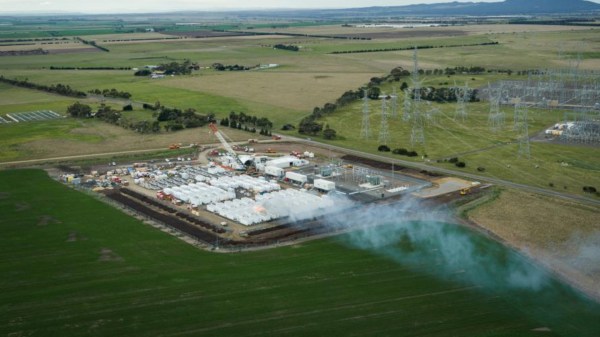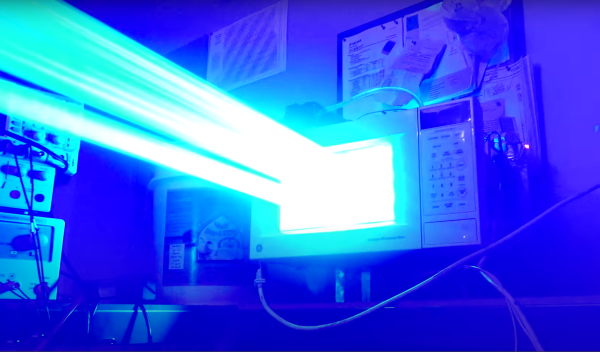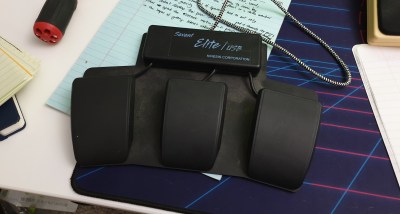Plenty of people just plain dislike wearing jewelry, even (or especially) smart watches. Nevertheless, they’d like to have biofeedback like everybody else. Well, we watch-less ones have something to look forward to, because a group of graduate students at Rice University have created extremely strong conductive thread woven from carbon nanotubes, which can be sewn into standard athletic clothing and used as electrodes, antennas, or simply as ballistic protection.
At 22 microns wide, the original carbon nanotubes were too skinny to use as thread. Instead, the team braided together three bundles of seven ‘tubes each using the type of machine that model boat builders use to make tiny rigging. Then they zig-zag stitched the threads into a shirt, which gives the stitches added flexibility. This thread maybe as strong and conductive as metal, but the fibers are soft and flexible, and most importantly, machine-washable. Between its strength and conductivity, this thread could have a long list of applications from military down to civilian. Check out the introduction in the video after the break.
For now, the shirt has to be pretty snug, but future garments could easily have higher concentrations of nano-threads in order to get a better signal. Good thing, because we’re still carrying around our COVID nineteen — aka the weight we’ve gained since the longest March of anyone’s life, and never liked tight shirts anyway.
What else can carbon nanotubes do? Plenty, like keep 3D prints from delaminating.
Continue reading “Sew-able Carbon Nanotube Thread Could Spin A Lot Of Awesome”




















